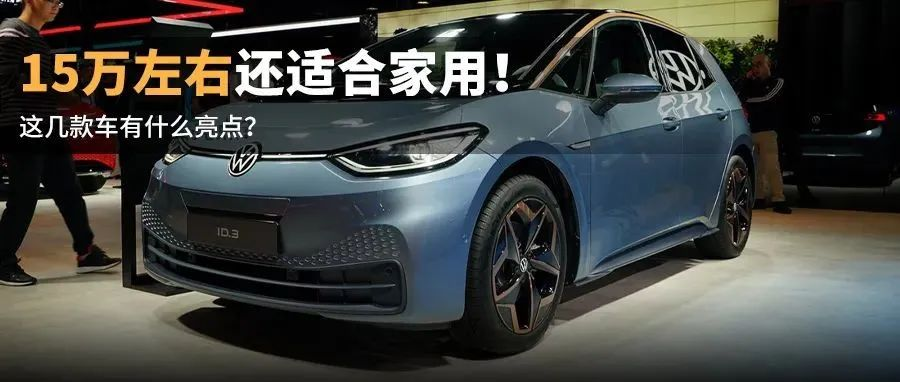A Review of Several Outstanding Compact Electric Vehicles
Author: Dan Huang
According to the current government subsidy policy for promoting new energy vehicles, the subsidy for new energy vehicles will be reduced by 30% in 2022. Many people are worried that this may lead to a price increase for new energy vehicles in the future. Therefore, many consumers want to buy a pure electric vehicle before the subsidy is reduced.
Compact cars have always been a popular category in the market, with advantages such as being suitable for family use, having complete functions, and flexible body. Their prices around 150,000 yuan ($23,248) are also very consistent with the positioning of compact cars, making it easy for the public to accept.
In the new energy vehicle market, there are various brands and a wide range of products to choose from. However, a few cars stand out from the crowd. Let’s take a look at why the following cars are more worth considering.
GAC Aion S Plus
- Price after subsidy: 139,600-172,600 yuan ($21,611-$26,701) (Plus version)
- NEDC range: 410/510/602 km
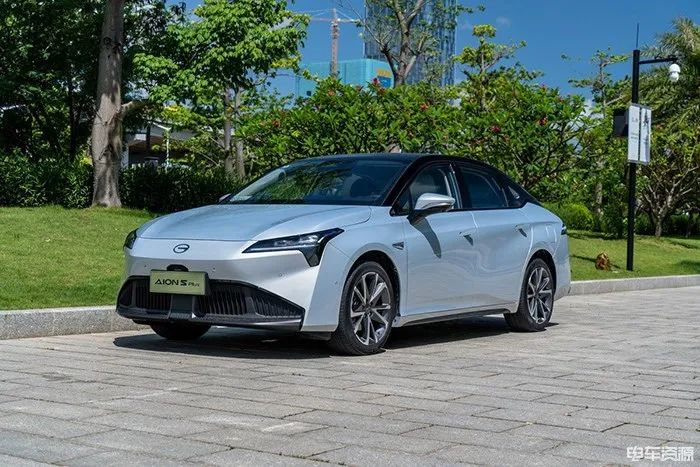
On the appearance front, GAC Aion S Plus adopts the latest design concept of GAC Aion, with many inspirations from the previously released ENO.146 concept car. The overall style is avant-garde yet sporty. Compared with the Aion S model, the new car has more streamlined lines, making it look more modern. In addition, there are ten body colors to choose from.
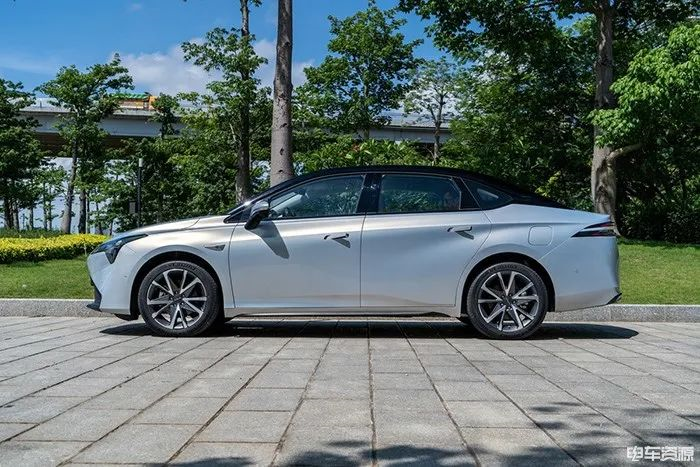
From the side, GAC Aion S Plus still has a standard three-box sedan shape, with a very smooth body line. The side of the car adopts hidden door handles, making the drag coefficient as low as 0.211, which is very good among all pure electric vehicles. As for the body size, the new car is 4,810/1,880/1,515 mm in length, width, and height, respectively, with a wheelbase of 2,750 mm, making it longer and lower than Aion S.
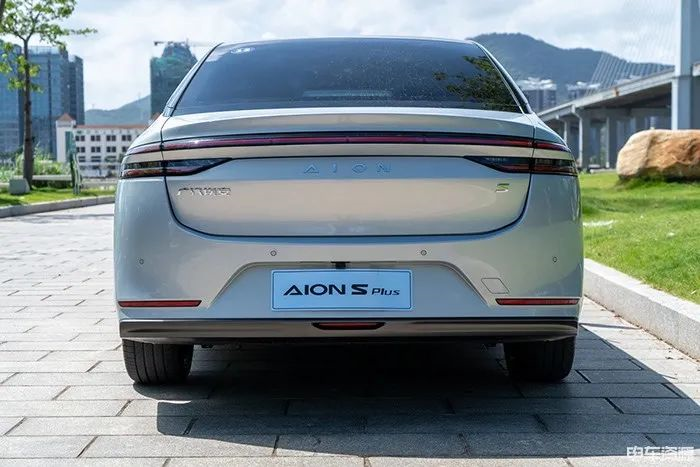
As for the rear, the new car is mainly simple in shape and full in design. The taillights are redesigned with a through-style design, and the lights on both sides are split into upper and lower parts, which are called “laser blades” by the official, with a very novel styling.
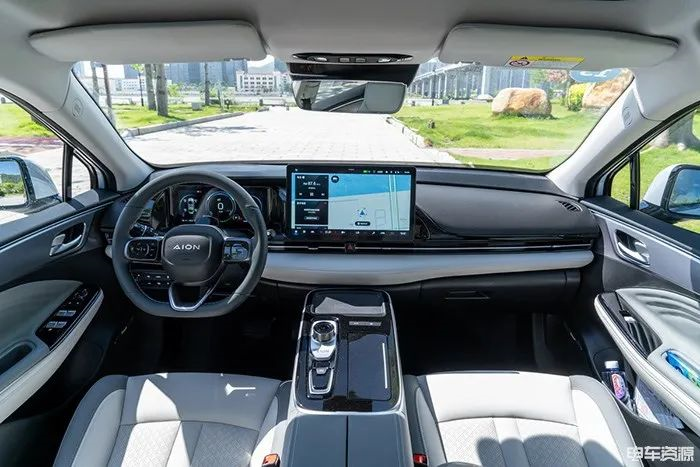 In terms of interior, the Guangqi Aion S Plus features a brand-new design with a lot of soft materials on the center console. The dual-tone color scheme with silver decorative trim offers a strong sense of luxury and looks exquisite. Moreover, the center console is buttonless, and the car is equipped with a 14.6-inch floating central control screen and a full LCD instrument panel, creating a strong technology atmosphere that gives people a feeling of traveling to the future.
In terms of interior, the Guangqi Aion S Plus features a brand-new design with a lot of soft materials on the center console. The dual-tone color scheme with silver decorative trim offers a strong sense of luxury and looks exquisite. Moreover, the center console is buttonless, and the car is equipped with a 14.6-inch floating central control screen and a full LCD instrument panel, creating a strong technology atmosphere that gives people a feeling of traveling to the future.
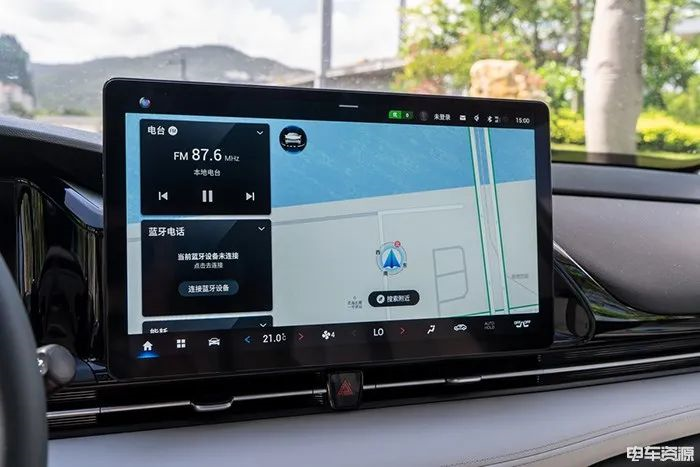
In terms of configuration, the Guangqi Aion S Plus is equipped with a front wireless charging panel, Bongiovi tuned sound system, front seat heating, two USB interfaces in the rear seats, transparent chassis, and one-key remote automatic parking. Worth mentioning is that the AION S Plus will also be equipped with a 1.9 square meter panoramic sunroof, and the electrically variable color film in the sunroof glass can adjust the transparency level within the range of 10%-60% with no grade, and can block 99.9% of ultraviolet rays.

In terms of power, the AION S has three power systems, one of which has a maximum power of 136 horsepower and a peak torque of 225 Nm. The pure electric range is 410 km. The second system has a maximum power of 204 horsepower and a peak torque of 350 Nm, and the pure electric range is 510 km. Finally, the third system has a maximum power of 224 horsepower and a peak torque of 350 Nm, and the pure electric range is 602 km. All models come with a fixed gear ratio gearbox.

BYD Qin Plus EV
-
Price after subsidy: 129,800-166,800 RMB (for personal users)
-
NEDC range: 400/500/600 km
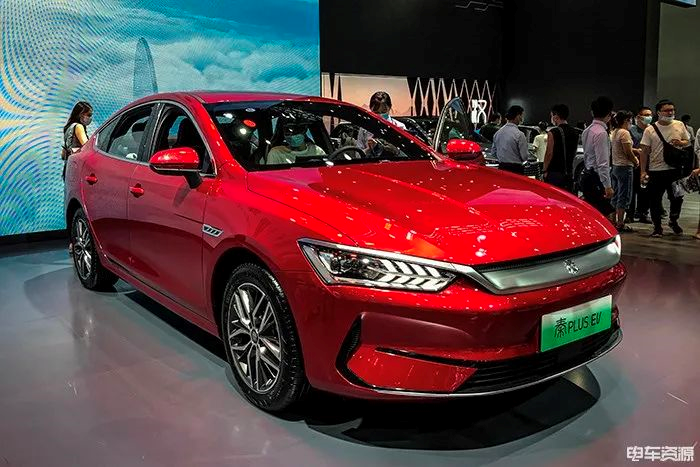 In terms of appearance, the BYD Qin PLUS EV continues the style of the Dynasty series, with a familiar “Dragon Face” design on the front, complemented by a silver panel above, further extending the visual width of the front. The feather-shaped headlights are also a major feature, with high recognition after being turned on. The side uses multiple waistlines to outline the body, while the back uses a sleek design for a stylish vibe. The classic perforated taillights are designed with eye-catching dragon claws.
In terms of appearance, the BYD Qin PLUS EV continues the style of the Dynasty series, with a familiar “Dragon Face” design on the front, complemented by a silver panel above, further extending the visual width of the front. The feather-shaped headlights are also a major feature, with high recognition after being turned on. The side uses multiple waistlines to outline the body, while the back uses a sleek design for a stylish vibe. The classic perforated taillights are designed with eye-catching dragon claws.
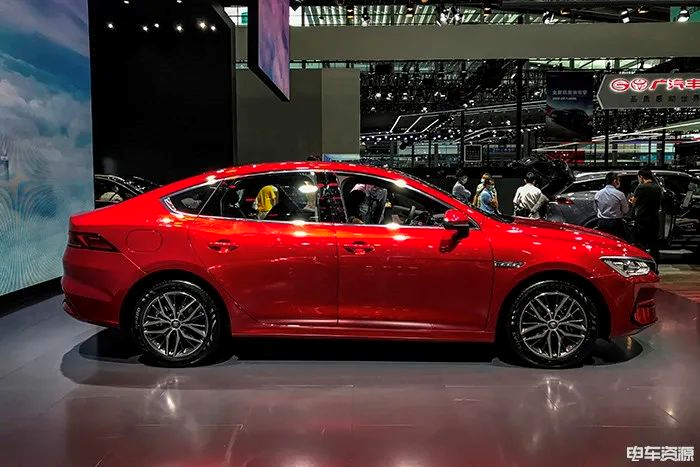
In terms of dimensions, the length, width, and height of the new car are 4765/1837/1515 mm, with a wheelbase of 2718 mm. As a family sedan, although positioned as a compact model, its space is no less than that of a one-size-up model, demonstrating excellent performance.
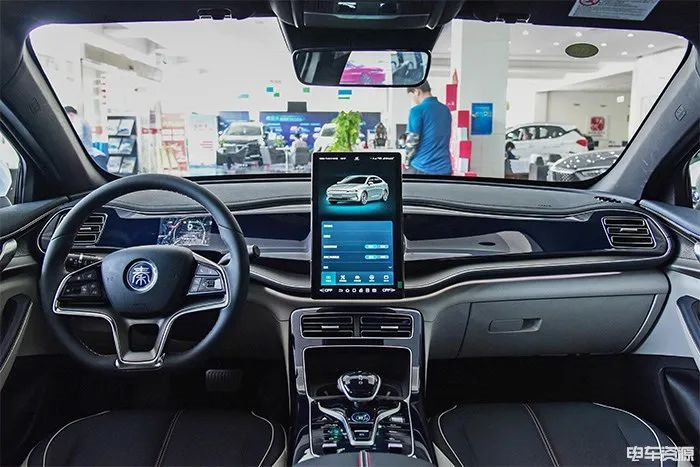
As for the interior, the color scheme is stable, with many materials used for decoration to bring out the luxury of the car’s interior. The use of a wrap-around cockpit design looks heavier, while the suspended central control screen and built-in LCD instrument panel highlight the technological senses inside the car, providing a pleasing view.

In terms of configuration, various Bosch active/passive control systems and tire pressure monitoring devices are provided for safety. As for the intelligent configuration, the new car is equipped with the DiLink intelligent networking system, which includes OTA remote upgrades, 4G network services, and in-car WiFi.

In terms of power, the 600 km endurance model uses a permanent magnet synchronous motor with a power of 135 kW and a torque of 280 N·m, while other models have a maximum power of 100 kW and a torque of 180 N·m. However, in terms of the battery, BYD has not reduced its self-developed blade batteries due to cost concerns, ensuring safety and efficiency while guaranteeing endurance.
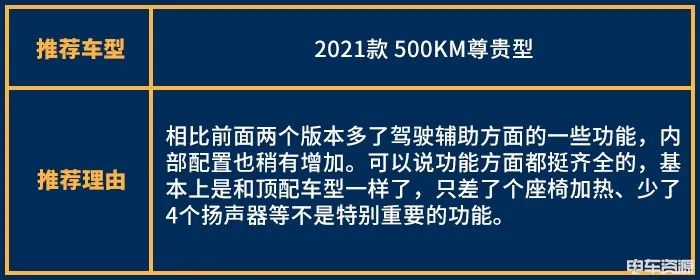
Volkswagen ID.3
-
Subsidized price: RMB 1.59888-1.73888 million
-
NEDC range: 430 km
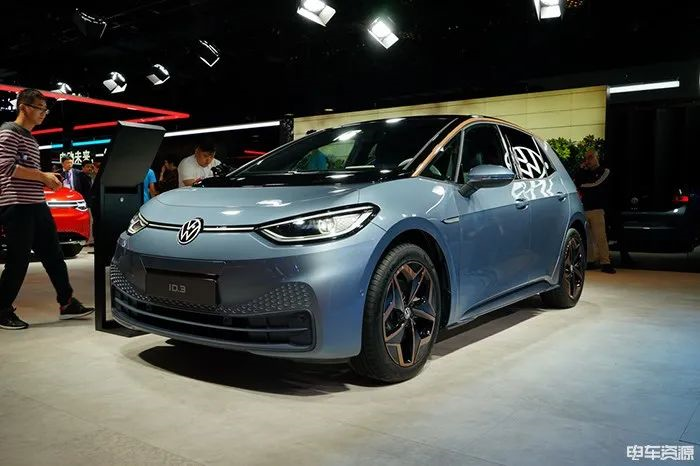
In terms of appearance, the exterior and interior of the Volkswagen ID.3 in Europe are exactly the same as those of the original electric model. The front of the car features the classic Volkswagen ID. family design, and the LED daytime running lights use a through design, with a lens inside the front headlight assembly.
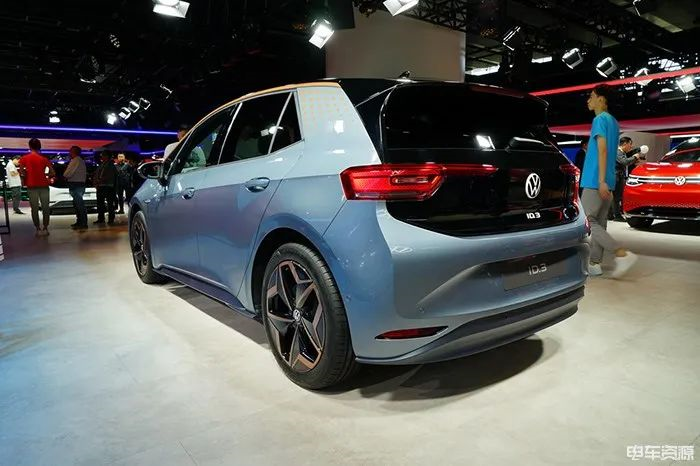
In terms of body size, the length, width, and height of the ID.3 are 4261/1778/1568 mm, respectively, with a wheelbase of 2765 mm. The short front and rear overhang design results in a long wheelbase, which meets the demand for interior space.
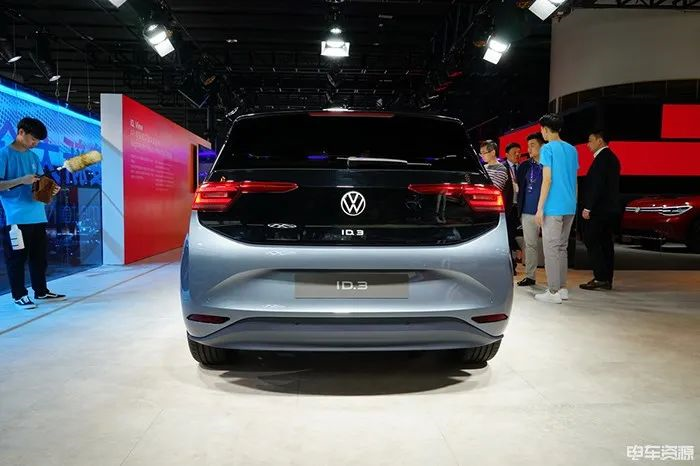
As for the rear of the car, it adopts a full LED taillight design, and the thicker bumper design has a classic European car style. The Volkswagen logo and ID.3 badge are located in the middle of the vehicle, and the roof is designed with a rear spoiler with a high-mount brake light.
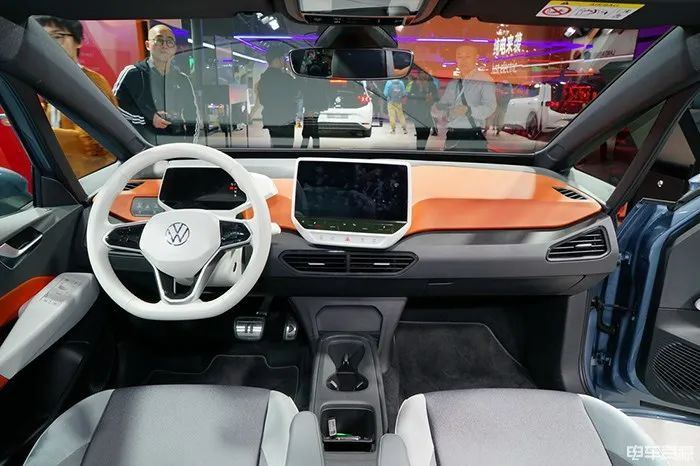
Regarding the interior, since this car was designed to meet the needs of European users, it does not use higher-grade materials for the interior, mainly using hard plastic. The design still follows the Volkswagen ID. family style, with a simple style overall, including a small all-LCD instrument panel and a suspended multimedia system that supports Apple CarPlay. The electronic shift mechanism is integrated with the instrument panel, which greatly saves space in the center console and provides more storage space.
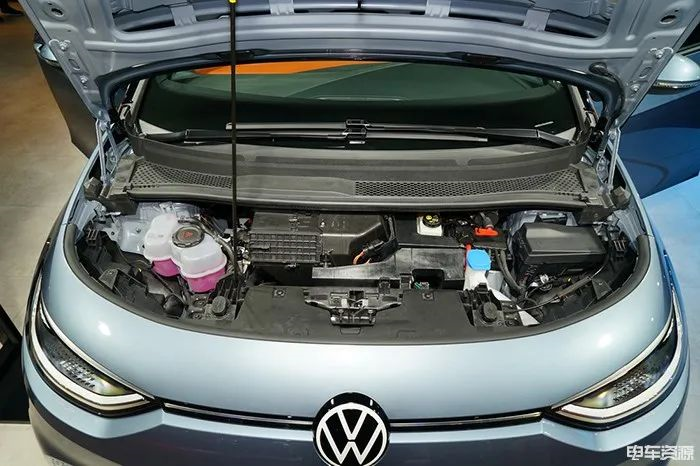
Regarding the power, the new car will be equipped with a rear-mounted electric motor with a maximum power of 170 Ps (125 kW) and a peak torque of 310 N・m. The battery pack capacity is 57.3 kWh, and the NEDC comprehensive cruising range is 430 km.
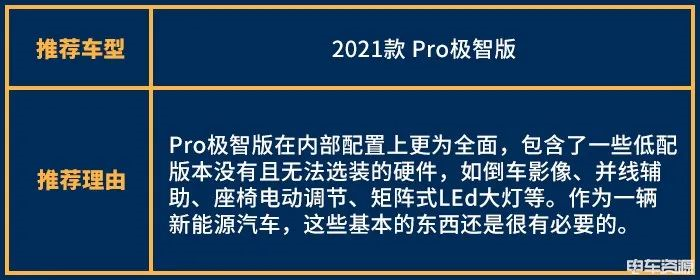
Xpeng P5
-
Price after subsidies: 157,900-223,900 RMB
-
NEDC range: 460/550/600 km
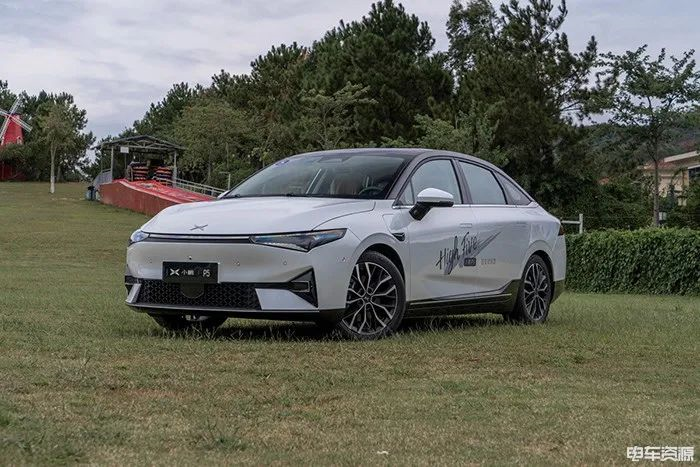
In terms of appearance, the XPeng P5 has incorporated many new design elements, including the X ROBOT FACE styling concept throughout the car, with the X-shaped grille on the front end seamlessly integrating with the brand’s logo. In terms of front-end details, the new car adopts an active intake grille, while on both sides of the front bumper, there are car-grade laser radar units which have good concealment.

On the side of the vehicle, the XPeng P5 is slightly smaller than the P7 with dimensions of 4808/1840/1520mm and a wheelbase of 2768mm. The P5’s streamlined design features hidden door handles, and its Cd drag coefficient is as low as 0.223. Compared to the front end, the rear end of the car is more reminiscent of the overall design of the P7, with a narrow through-type taillight group that has a slightly raised aerodynamic spoiler, giving it a stylish look.
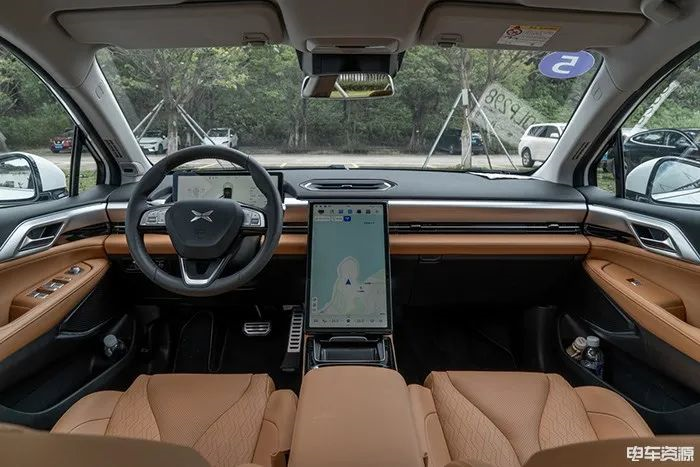
On the interior side, the XPeng P5’s cabin adopts an enveloping design, the fully digital instrument panel size is 12.3 inches, and it is matched with a 15.6-inch vertical center console screen, creating a good sense of technology. It is worth mentioning that based on this screen, the P5 is also the first to be equipped with an interactive cockpit based on the Xmart OS 3.0 system as the core, making the car’s multimedia system faster, smoother, and more versatile.

Regarding cabin materials, the new car seats are covered in Nappa leather, with soft materials covering most of the frequently touched areas. In the audio section, the car’s speakers are lift type, which slowly rise after being powered up, adding a bit of ceremonial feeling. In addition, the new car will also be equipped with a heat pump air conditioner across the Xpeng P5 lineup, achieving lower heating energy consumption in winter. Regarding storage space, Xpeng has stated that the P5’s trunk volume is 450 liters.
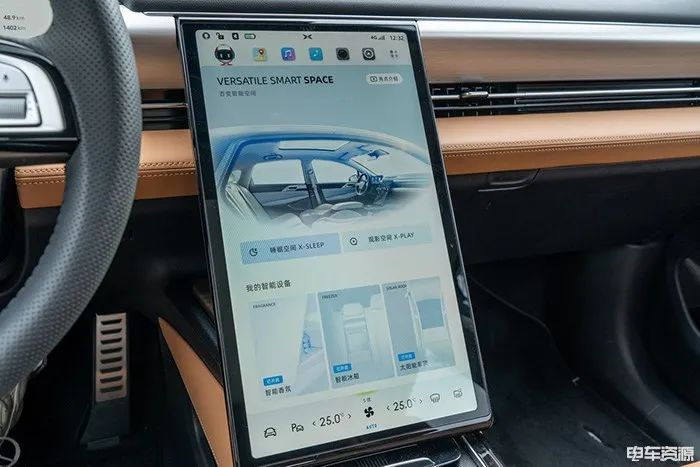 It is reported that Xmart OS 3.0 intelligent cockpit is equipped with Qualcomm Snapdragon SA8155P chip, with 12GB in-vehicle memory and 128GB built-in storage. In terms of advanced driving hardware, the Xpeng P5 is equipped with 2 LiDARs, 12 ultrasonic sensors, 5 millimeter-wave radars, 13 high-perception cameras, and a set of sub-meter high-precision positioning unit (GNSS navigation system + IMU inertial measurement unit).
It is reported that Xmart OS 3.0 intelligent cockpit is equipped with Qualcomm Snapdragon SA8155P chip, with 12GB in-vehicle memory and 128GB built-in storage. In terms of advanced driving hardware, the Xpeng P5 is equipped with 2 LiDARs, 12 ultrasonic sensors, 5 millimeter-wave radars, 13 high-perception cameras, and a set of sub-meter high-precision positioning unit (GNSS navigation system + IMU inertial measurement unit).

In terms of advanced driving configuration, the 550P and 600P high-end models are equipped with two LiDARs and optional XPILOT 3.5 driving assistance system, which can achieve city NGP function; the 460E and 550E mid-range models can be equipped with XPILOT 3.0 driving assistance system; while the lowest 460G and 550G models cannot be equipped with the above functions.

As for power, the Xpeng P5 is equipped with a maximum power of 155 kW and a peak torque of 310 N·m driving motor across the range. According to different versions of the model, the vehicle has three versions of range to choose from: the version with a battery capacity of 55.9 kWh (lithium iron phosphate battery) has a NEDC range of 460 km; the version with a battery capacity of 66.2 kWh (ternary lithium battery) has a NEDC range of 550 km; the version with a battery capacity of 71.4 kWh (ternary lithium battery) has a NEDC range of 600 km.
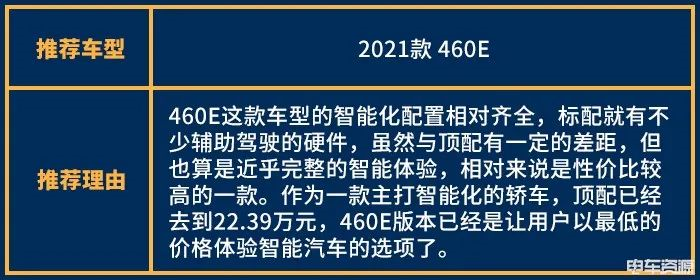
Conclusion
Both compact cars and SUVs have consistently been popular vehicles, with the former priced at around 150,000 yuan covering most of the models in the segment. When the price is similar, users still prioritize cost-effectiveness. The few models mentioned in this article have performed better than most in their price range, so friends who intend to buy new cars at the end of the year may wish to try them out personally.
This article is a translation by ChatGPT of a Chinese report from 42HOW. If you have any questions about it, please email bd@42how.com.
